Ca Mau Cape tourism site to become key local economic area in 2025
 |
|
A view of part of Ca Mau Cape tourism area (Photo: VNA). |
The area is expected to be one of the largest eco-tourism
By 2030, Ca Mau Cape tourism is expected to meet national tourism criteria and be
Ca Mau Cape national tourism site is mainly located at Mui Village in Dat Mui Commune of Ngoc Hien District, about 120km from Ca Mau City. It also extends over a small part of Nam Can District.
To attract domestic tourists as the plan recommends, the site must offer visitors options for sightseeing and
For the domestic market, the Ca Mau Cape tourism site continues to focus on its main market of visitors from HCM City, the southeast region, the Mekong Delta provinces, Hanoi
It focuses on providing sightseeing opportunities, natural landscape exploration and tours of the sea and islands.
For the international market, priority will be given to target markets such as tourists from the US, Australia and northeast Asia, including the Republic of Korea, China
Tourism products under consideration for development include handicrafts, tours to experience the southernmost point of the country in combination with watching the sunrise and sunset on the sea, explore the Gulf of Thailand on luxury yachts, tours of the mangrove ecosystem and an ecological experience tour at Ong Trang Hillock.
 |
|
The site also hopes to focus on environmentally friendly tours that will enable visitors to explore the area’s rich natural features. |
The site also hopes to focus on environmentally friendly tours that will enable visitors to explore the area’s rich natural features. These may include a tour along the river to observe the life of local inhabitants and community-based tourism located at villages in Dat Mui.
Additionally, historical and cultural tours will enable visitors to experience and research relics and the traditional revolutionary education. The master plan indicates the functional areas of Ca Mau Cape National Tourism Site.
The investment for developing areas of special-use forest land located in the administrative and service sub-zone and the ecological rehabilitation zone of Ca Mau Cape must comply with the law on forest protection and development, environmental protection and biodiversity.
Source: VNA
 Bắc Ninh
Bắc Ninh
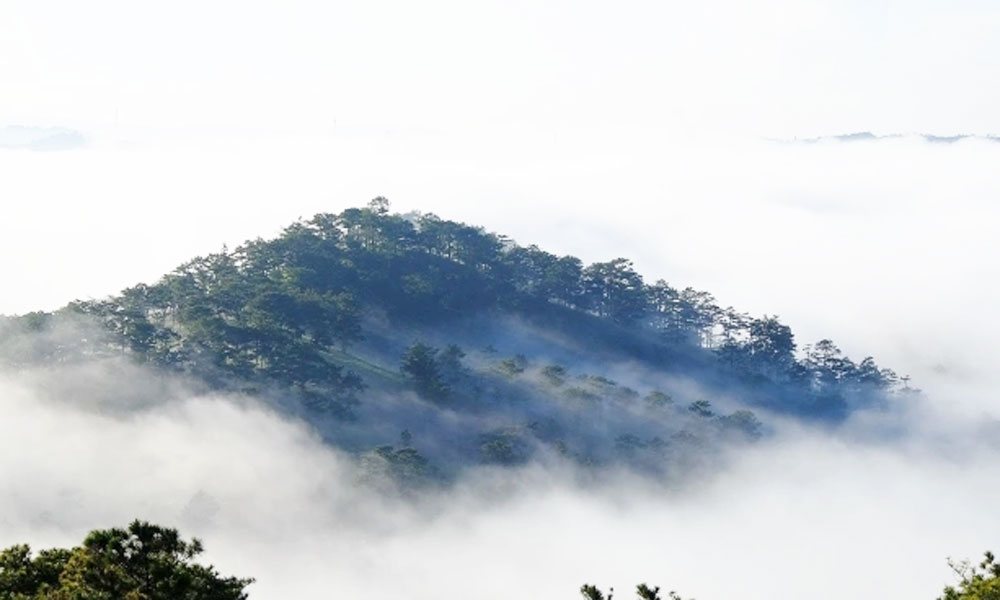


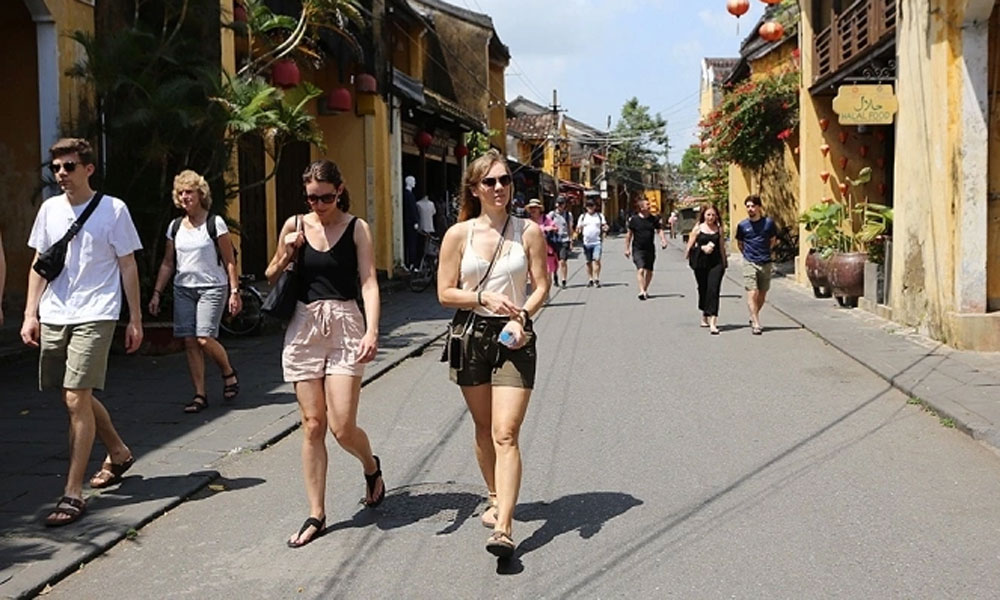
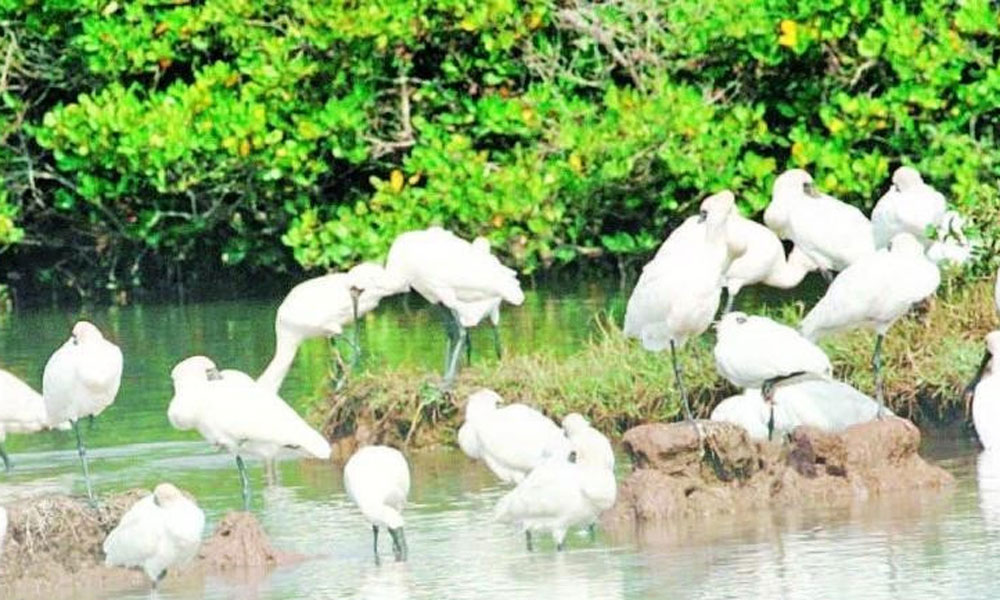
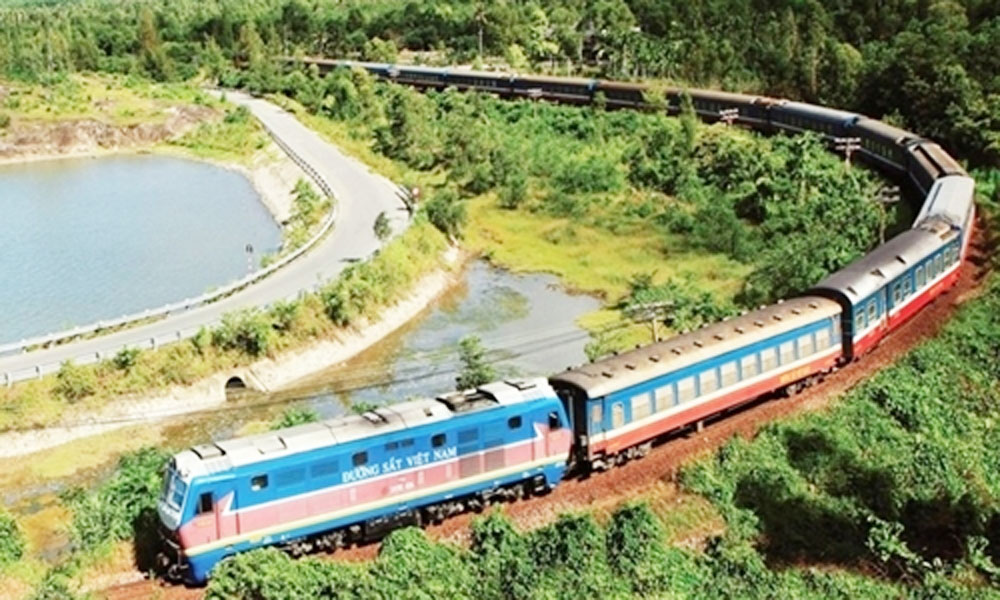

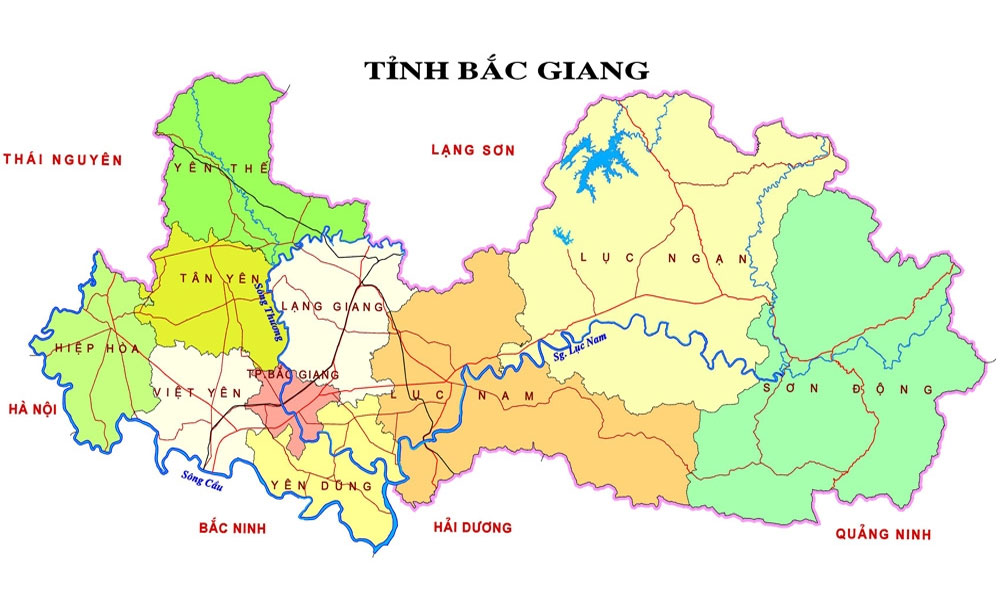


Reader's comments (0)